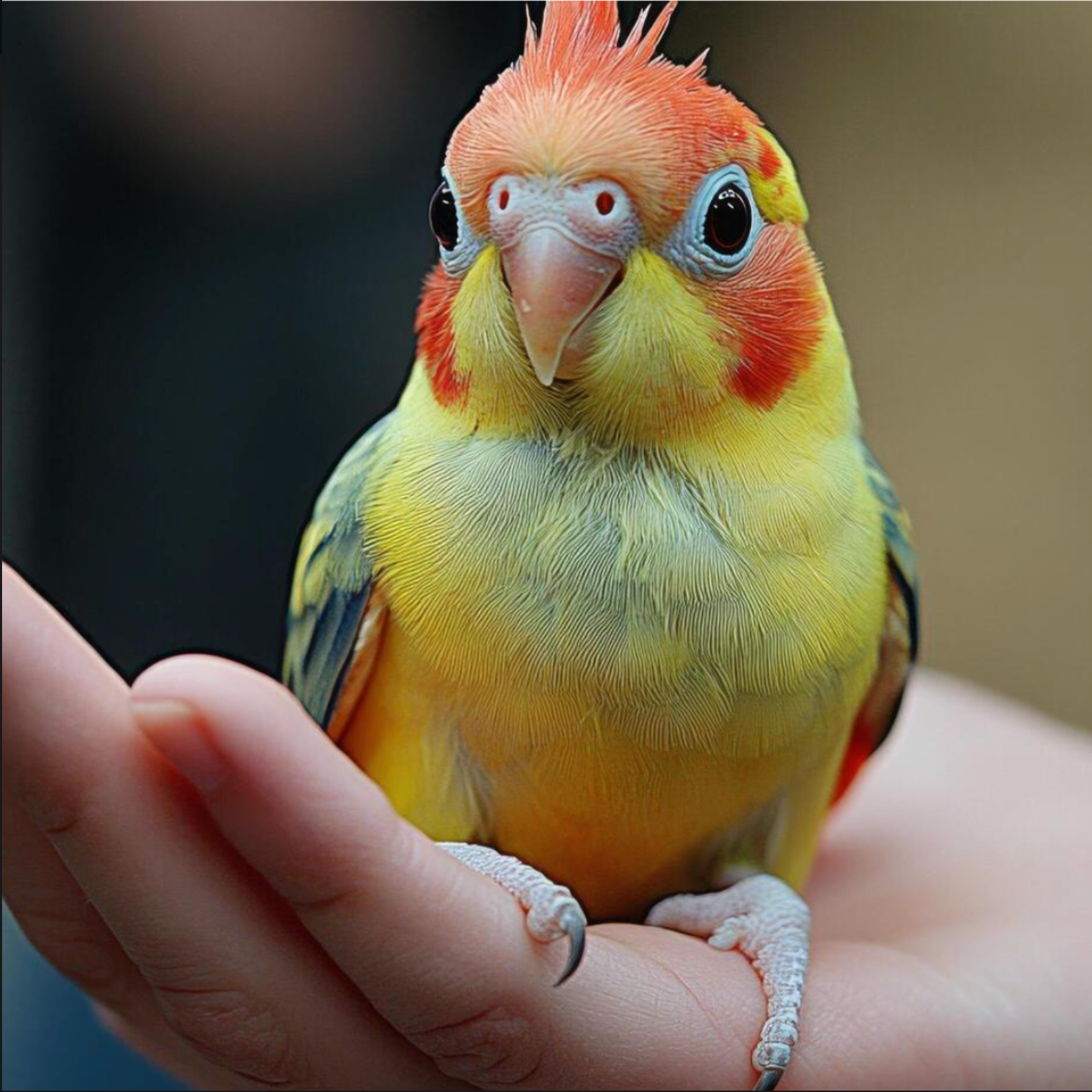Mastering Bird Training Commands

Mastering Bird Training Commands
SUMMARY
Teach your bird essential training commands to improve communication, build trust, and encourage positive behavior. This guide provides step-by-step techniques for teaching basic and advanced commands using positive reinforcement, patience, and consistency.
FEATURES
- Step-Up and Step-Down Training: Teach your bird to move onto and off your hand on command.
- Recall Training: Train your bird to fly or walk to you when called.
- Stay Command: Encourage your bird to remain on a perch until released.
- Target Training for Guidance: Use a stick or hand signals to direct movement.
- Speech and Vocal Commands: Help your bird learn words and sounds with repetition.
- Spin and Turn Tricks: Teach fun movements for mental stimulation.
- Encouraging Calm Behavior: Reduce unwanted habits like biting or screaming.
- Using Positive Reinforcement: Reward progress with treats and praise.
DESCRIPTION
Training your bird with basic commands enhances your bond, improves obedience, and provides essential mental stimulation. Birds are highly intelligent creatures capable of learning a variety of commands with patience and consistency. Using positive reinforcement techniques, you can teach both practical and entertaining commands to make interactions smoother and more enjoyable.
Step-up and step-down training is one of the most fundamental commands for birds. It teaches them to perch on your hand or a designated surface when prompted. Gently pressing your finger or a perch against the lower chest while saying “Step up” and rewarding them with a treat helps reinforce the behavior. The “Step down” command works similarly when guiding the bird off your hand or perch.
Recall training is essential for safety and bonding. Teaching your bird to come when called involves using a consistent cue, such as their name or a whistle, and rewarding them when they move toward you. Start at close distances and gradually increase the space between you and your bird as they improve.
Stay command training prevents birds from wandering or flying off unexpectedly. Using a verbal cue like “Stay” while gently reinforcing their position on a perch can help them understand the concept. Slowly increasing the duration before offering a reward builds discipline.
Target training for guidance is useful for teaching birds to move in specific directions. Using a target stick (such as a chopstick or training wand), guide your bird’s beak toward it while offering a treat when they follow. This method is helpful for training birds to move onto play stands or enter a travel cage.
Speech and vocal commands are great for birds that enjoy mimicking sounds. Repeating simple words like “Hello” or “Good morning” in an enthusiastic tone encourages birds to pick up speech patterns. Associating words with actions, such as saying “Eat” when offering food, helps reinforce understanding.
Spin and turn tricks add fun and variety to training. Holding a treat in front of your bird and moving it in a circular motion while saying “Spin” encourages them to follow and turn. Repeating this process with rewards can help birds master the command.
Encouraging calm behavior prevents common behavioral issues like excessive screaming or biting. Rewarding quiet, calm moments and using redirection techniques when undesired behaviors arise can help shape positive habits over time.
Using positive reinforcement is the key to successful training. Birds respond best to encouragement, treats, and praise rather than punishment. Training sessions should be short, engaging, and rewarding to keep your bird motivated.
By mastering bird training commands—starting with step-up and recall before progressing to advanced tricks—you can create a well-behaved, mentally stimulated, and trusting companion. Training strengthens your bond while providing structure and enrichment, ensuring a happier and more interactive pet.
- sri palani

Comments 0